The iPhone 15 Pro is here, with a titanium body and a brand-new button on the side. Here's how it stacks up on paper against its predecessor, the iPhone 14 Pro.
Apple's annual update to the iPhone lineup has taken place, with the iPhone 15 Pro replacing the iPhone 14 Pro as the top-of-the-line model in the range.
For 2023, Apple's latest top-spec release includes a new A17 Pro chip, a titanium design, and a whole new button.
This is how it compares against the iPhone 14 Pro, and whether you should consider the iPhone 15 Pro as your next upgrade.
iPhone 15 Pro vs iPhone 14 Pro - Specifications
| Specifications | iPhone 14 Pro | iPhone 15 Pro |
|---|---|---|
| Price (starting) | $999 | $999 |
| Dimensions (inches) | 5.81 x 2.81 x 0.31 | 5.77 x 2.78 x 0.32 |
| Weight (ounces) | 7.27 | 6.60 |
| Processor | A16 Bionic | A17 Pro |
| Storage | 128GB, 256GB, 512GB, 1TB | 128GB, 256GB, 512GB, 1TB |
| Display type | 6.1-inch Super Retina XDR, ProMotion, always-on display | 6.1-inch Super Retina XDR, ProMotion, always-on display |
| Resolution | 2,556 x 1,179 at 460ppi | 2,556 x 1,179 at 460ppi |
| True Tone | Yes | Yes |
| Biometrics | Face ID | Face ID |
| Connectivity | 5G (Sub-6GHz and mmWave) Gigabit-class LTE Wi-Fi 6 Bluetooth 5.3 Ultra Wideband Emergency SOS via Satellite Roadside Assistance via Satellite Lightning | 5G (Sub-6GHz and mmWave) Gigabit-class LTE Wi-Fi 6E Bluetooth 5.3 Ultra Wideband Gen 2 Emergency SOS via Satellite Roadside Assistance via Satellite USB-C |
| Rear Cameras | 48MP Wide 12MP Ultra Wide 12MP Telephoto with 3x optical zoom | 48MP Wide 12MP Ultra Wide 12MP Telephoto with 3x optical zoom |
| Video | 4K 60fps, 4K 60fps HDR with Dolby Vision, 1080p 240fps Slo-Mo ProRes 4K 60fps with external recording, Cinematic Mode, Action Mode | 4K 60fps, 4K 60fps HDR with Dolby Vision, 1080p 240fps Slo-Mo ProRes 4K 60fps with external recording, Cinematic Mode, Action Mode |
| Front Camera | 12MP TrueDepth with Autofocus | 12MP TrueDepth with Autofocus |
| Battery Size (Video playback time) | Up to 23 hours | Up to 23 hours |
| Colors | Space Black, Gold, Silver, Deep Purple | Black Titanium, White Titanium, Blue Titanium, Natural Titanium |
iPhone 15 Pro vs iPhone 14 Pro - Dimensions and design
The iPhone 14 Pro is purposefully designed to be the same size as the iPhone 14, with its main differences revolving around specifications and extra features over the standard model.
At 5.78 inches tall by 2.82 inches wide and 0.31 inches thick, it's a form factor that works well in the hand. With a weight of 6.07 ounces, it's also not a hefty weight to carry around.
The iPhone 15 Pro is a little shorter at 5.77 inches and narrower at 2.78 inches, though a little thicker at 0.32 inches. It's also lighter than the iPhone 14 Pro at 6.60 ounces.
Apple's design for the iPhone 14 Pro reused its well-worn aesthetic of flat edging with rounded corners, using a stainless steel enclosure with a glass back and a Ceramic Shield-protected glass panel covering the display.
This time around, Apple is using Grade 5 Titanium for its frame, which introduces strength while also reducing weight. It also helped Apple shave off a little of the size of the device without sacrificing the display, reducing the bezels further.
iPhone 15 Pro vs iPhone 14 Pro - Displays
The iPhone 14 Pro sports a 6.1-inch all-screen OLED display, which Apple refers to as a Super Retina XDR display. The resolution of the iPhone 14 Pro's screen is 2,556 by 1,179 pixels, which gives it a pixel density of 460 pixels per inch.
Despite the body size change, the iPhone 15 Pro's display has the same specifications as the iPhone 14 Pro.
That OLED screen for both generations enables a contrast ratio of 2 million to one, as well as fantastic brightness. Typical max brightness rests at 1,000 nits, though it can go up to 1,600 nits at a peak for HDR content, or up to 2,000 nits of peak brightness if you're outdoors.
Apple employs an always-on screen for the iPhone 14 Pro and iPhone 15 Pro, one that will display a muted standby screen when sleeping, with an extremely low refresh rate to preserve battery life. It's also a ProMotion display, with adaptive refresh rates that go up to 120Hz, depending on the type of content viewed on the screen.
The iPhone 14 Pro's screen introduced Dynamic Island, a feature that replaces the infamous notch with an element that also offers extra interactive elements and compact notifications for background apps. That too returns for the iPhone 15 Pro.
Other standard features of the iPhone 14 Pro display that make it into the 2023 model include Wide Color (P3) support, True Tone, HDR support, and a fingerprint-resistant oleophobic coating.
iPhone 15 Pro vs iPhone 14 Pro - Cameras
On the back of the iPhone 14 Pro are three cameras, starting with a 48-megapixel Main camera with an f/1.78 aperture, a second-gen sensor-shift optical image stabilization system, and a seven-element lens.
That's accompanied by a 12-megapixel Ultra-Wide camera with an f/2.2 aperture six-element lens, and a 120-degree field of view. The third is the 12MP 3x Telephoto, complete with an f/2.8 aperture, optical image stabilization, and a six-element lens.
With the use of such a large main sensor, Apple was able to take advantage of the crop to create a virtual 12MP 2x Telephoto camera, which benefits from all of the features of the Main camera. Overall, the iPhone 14 Pro has a 2x optical zoom out and a 3x optical zoom in, with digital zoom reaching up to 15x.
For the iPhone 15 Pro, there are small changes, but not a massive amount. The same three cameras are in use, with the same apertures, specifications, and most of the same features.
For 2023, the iPhone 15 Pro does up the default Main camera shot to 24 megapixels, which is a nice change. You do not get the tetraprism addition to the Telephoto camera that the iPhone 15 Pro Max has, since it is exclusive to just that model.
All of the cameras have 100% Focus Pixel coverage, to assist with focusing on subjects.
The rear cameras boast Apple's Photonic Engine and Deep Fusion computational photography smarts, as well as Smart HDR, Portrait Mode with six-effect Portrait Lighting, Night Mode, and other typical Apple camera functions.
Apple says the iPhone 15 Pro is capable of "Next-generation portraits with Focus and Depth Control," which introduces tweaks to how it uses depth mapping, automatic portrait shot detection, and post-shot refocusing.
The Pro line also benefits from the inclusion of a LiDAR sensor, which assists with focusing and can greatly improve night shot images.
Video on the iPhone 14 Pro extends to 4K 60fps Dolby Vision HDR, as well as 4K 30fps Cinematic mode and 2.8K 60fps Action mode. ProRes video is also possible at up to 4K 30fps, while Slo-Mo is offered in 1080p at 240fps.
The iPhone 15 Pro does improve in a few key video areas of interest to videographers. For a start, while ProRes video recording is available at up to 4K 30fps on the iPhone 14 Pro, 1080p for the 128GB model, there's now 4K 60fps support when using the external recording option in the iPhone 15 Pro.
This external recording refers to how you can connect an external drive to the iPhone 15 Pro's USB-C port, which replaces the Lightning connection from the iPhone 14 Pro. The USB-C connection is also connecting at 10Gbps instead of Lightning's USB 2 speed of 480Mbps, enabling both external recording to a drive and quickly getting locally saved footage off the iPhone and onto a Mac.
Continuing the new additions for videographers, there's Log video recording and support for the Academy Color Encoding System.
Macro Photography, Cinematic video stabilization, and Audio Zoom are also included in both devices, as well as stereo recording.
The iPhone 14's TrueDepth camera at the front has a 12-megapixel sensor and an f/1.9 aperture, Focus Pixels, and a six-element lens. Capable of Portrait Mode and Portrait Lighting effects, the TrueDepth also deals with 4K60fps video, Cinematic Mode 4K HDR at 30fps, Dolby Vision at 4K60fps, and ProRes to 4K30fps.
The iPhone 15 Pro doesn't change the TrueDepth camera, aside from allowing ProRes 4K60.
Thanks to its depth-mapping system, the TrueDepth camera gives users the ability to use Animoji and Memoji, and handles security duties with Face ID.
iPhone 15 Pro vs iPhone 14 Pro - Processing Performance
As usual, Apple shifts to a new generation of chips each fall. As of 2022, the Pro models gained use of the new chip, while the non-Pro iPhone gets the previous year's Pro iteration.
For 2023, that means a change to the A17 Pro for the iPhone 15 Pro, up from the A16 Bionic of the iPhone 14 Pro.
The A16 Bionic has a six-core CPU with two performance cores and four efficiency cores, along with a five-core GPU and a 16-core Neural Engine.
At the time of its launch, Apple declared the A16 as being "up to 40 percent faster than the competition," that the GPU has 50% more memory bandwidth, and the Neural Engine was capable of nearly 17 trillion operations per second.
The A17 Pro is the first three-nanometer mobile chip, with it including the same six-core CPU setup as the A16, albeit one that is 10% faster thanks to microarchitecture and design improvements.
The new six-core GPU is 20% faster than the A16's version and also incorporates hardware-accelerated ray tracing, which will help improve the appearance of games that support it. An onboard AV1 decoder will help improve video streaming for those late-night Netflix sessions.
Apple also says that the Neural Engine is also twice as fast as before.
For the moment, we can only go on what Apple has claimed about the new chip, so we can't really compare performance using benchmarks yet, but that should change in the next few weeks.
iPhone 15 Pro vs iPhone 14 Pro - Connectivity
The iPhone 14 Pro has 5G connectivity, covering both sub-6GHz and mmWave bands, so there's both wide coverage and, depending on carrier rollouts, high-speed connections available.
For areas where 5G or any cellular connection cannot be established, Apple brought in a new feature called Emergency SOS via Satellite with the iPhone 14 Pro. If you're in an area without cellular coverage and are in some form of emergency, such as being injured in a remote location, the feature lets you beam a message via satellite to get assistance.
For the iPhone 15 Pro, Apple introduced Roadside Assistance via Satellite, which is effectively the same style of feature as Emergency SOS via Satellite. Instead of dealing with lost users or a medical emergency, it allows drivers to summon a roadside assistance service.
On the non-cellular side, the iPhone 14 Pro sports Wi-Fi 6 for networking, as well as Bluetooth 5.3 for accessories, and Ultra Wideband. There's also NFC, which is chiefly used with Apple Pay.
The physical connectivity is limited to a Lightning port in the iPhone 14 Pro, used both for data transfers and for recharging the battery. The use of USB-C in the iPhone 15 Pro provides 20 times more data throughput than Lightning, specifically 10Gbps instead of 480Mbps, and handles recharging too.
iPhone 15 Pro vs iPhone 14 Pro - Power and Battery
According to Apple, the iPhone 14 Pro's battery life allows up to 23 hours of video playback of locally-stored footage, or up to 20 hours of streamed video playback. For audio, you can get up to 75 hours of playback.
These figures haven't changed for the iPhone 15 Pro at all. It'll last just as long as its predecessor.
The included lithium-ion battery in both smartphones can be recharged by a physical cable, or wirelessly using Qi or MagSafe. Wireless charging will be slower than wired, with Qi functioning at up to 7.5W and MagSafe at up to 15W.
If you want to fast-charge, you're going to do it wired. Hooking up the iPhone 14 Pro or iPhone 15 Pro to a 20W or higher adapter can get the battery up to 50% charge in around 30 minutes in both cases.
iPhone 15 Pro vs iPhone 14 Pro - Other Features
The iPhone 14 Pro and iPhone 15 Pro are both rated at IP68 for water and dust resistance. For water, this means surviving at a maximum depth of 6 meters (19.7 feet) for up to half an hour.
Apple introduced Crash Detection in the iPhone 14 Pro, which uses a myriad of sensors on the iPhone to determine if the user has been involved in a significant impact, such as a car accident. On detection, the iPhone will automatically call the emergency services for assistance unless the device owner or a passenger stops the countdown.
Crash detection is back for the iPhone 15 Pro as a continuing feature.
iPhone 15 Pro vs iPhone 14 Pro - Capacity, Color, and Pricing
At launch, the iPhone 14 Pro cost $999 for the 128GB model, 256GB cost $1,099, the 512GB capacity was $1,299, and 1TB was available for $1,499.
The iPhone 14 Pro is sold in four colors: Space Black, Gold, Silver, and Deep Purple.
The pricing for the iPhone 15 Pro is identical on a per-capacity basis, starting at $999 for 128GB of storage and rising to 1TB for $1,499.
Likewise, it's offered in four colors, though they're all new to take into account the changed chassis: Black Titanium, White Titanium, Blue Titanium, and Natural Titanium.
iPhone 15 Pro vs iPhone 14 Pro - Should you upgrade?
While there are expectations that Apple introduces changes to its products each year, there's also an occasional suspicion that there isn't enough of a change to warrant a year-to-year upgrade.
This is pretty much the case for the iPhone 15 Pro.
Standing toe-to-toe with the iPhone 14 Pro, the iPhone 15 Pro is a good overall improvement. From its use of titanium to the A17 Pro chip upgrades, from the video changes and USB-C's replacement of Lightning to the Action button, there's quite a few elements at play here.
At the same time, these aren't really seismic changes to the form. There's very little you can point to about the iPhone 15 Pro and declare that to be the must-buy element, especially if you already have an iPhone 14 Pro.
Looking at it from owning the iPhone 13 Pro is considerably easier, since we're talking a massive camera quality jump, an always-on display, Dynamic Island, Emergency SOS via Satellite, Crash Detection, better battery life, and so on.
At a push, you could consider that the iPhone 15 Pro does offer videographers more options, thanks to its log video recording and Academy Color Encoding System support. That, and the whole USB-C-based external recording thing too.
But even this particular use case is not useful here, as video-centric creatives will opt for the iPhone 15 Pro Max and it's new tetraprism Telephoto lens.
This all said, the iPhone 15 Pro is the best non-Max model of iPhone you can buy. It just feels more worthwhile upgrading from a much earlier model than the iPhone 14 Pro.
Where to buy the iPhone 15 Pro
The iPhone 15 Pro will be available to preorder from September 15, with availability from September 22.
 Malcolm Owen
Malcolm Owen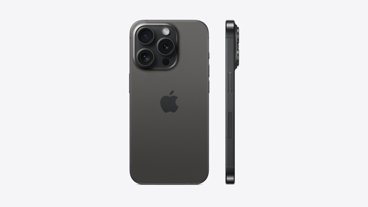

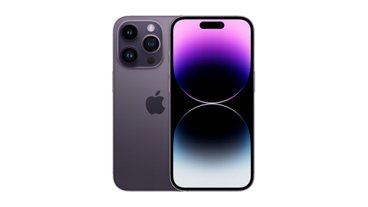


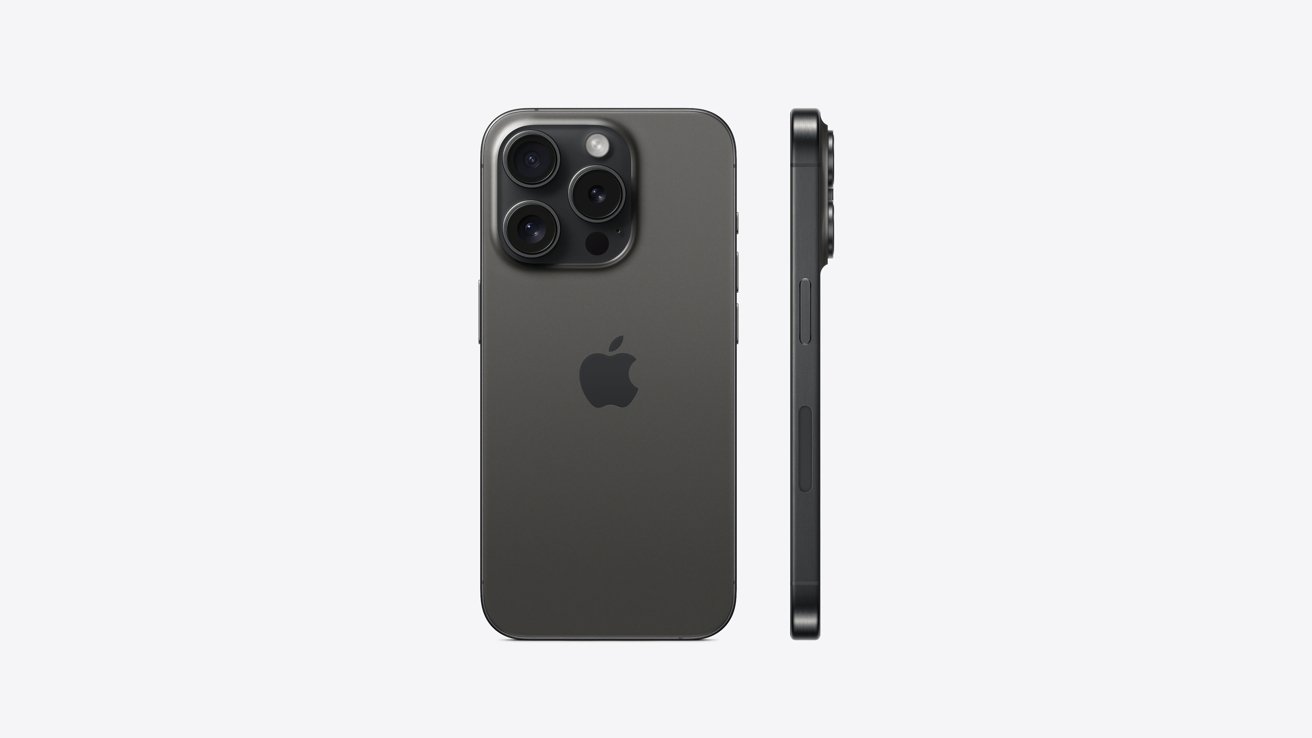
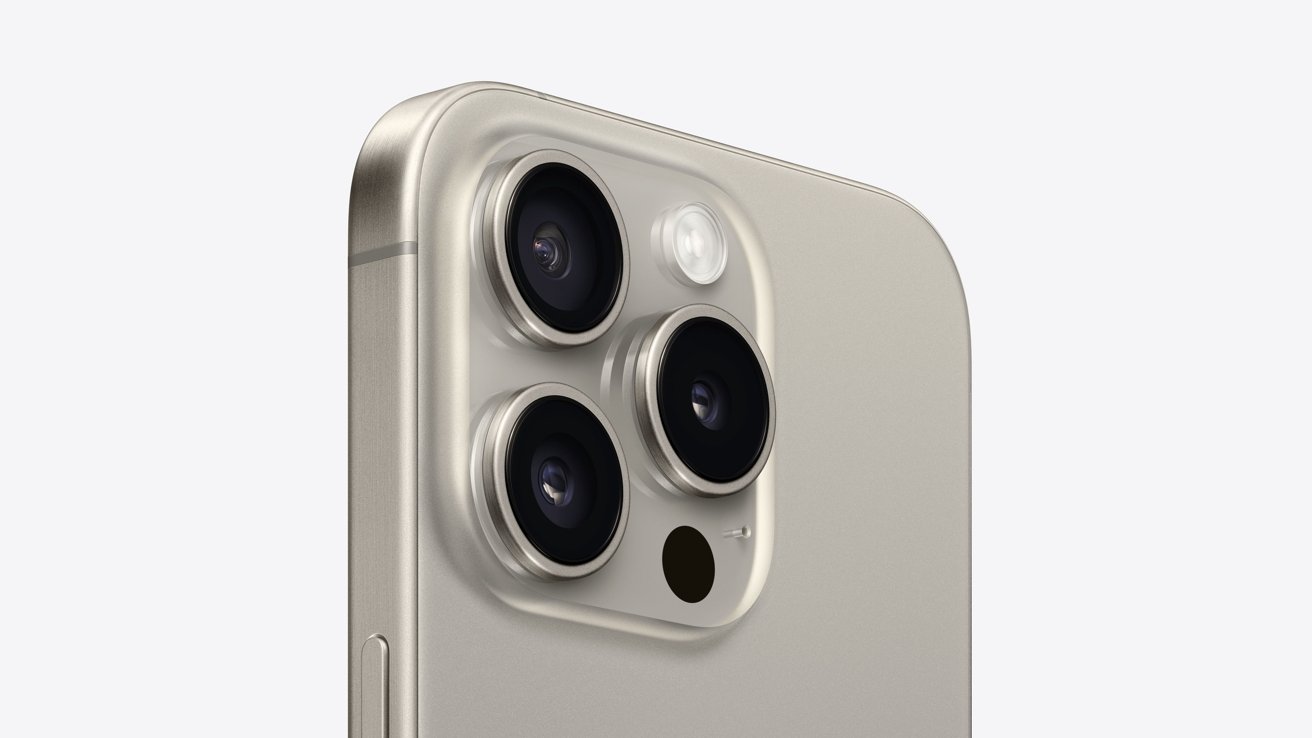
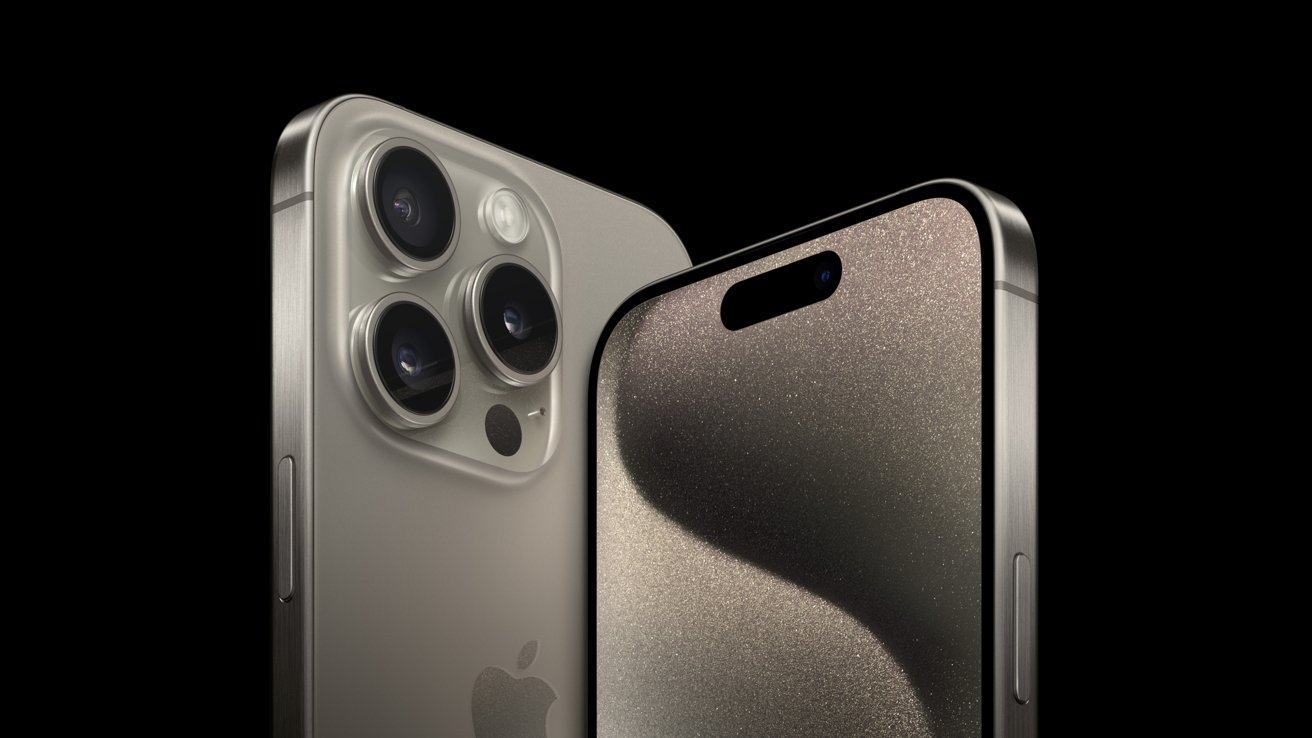
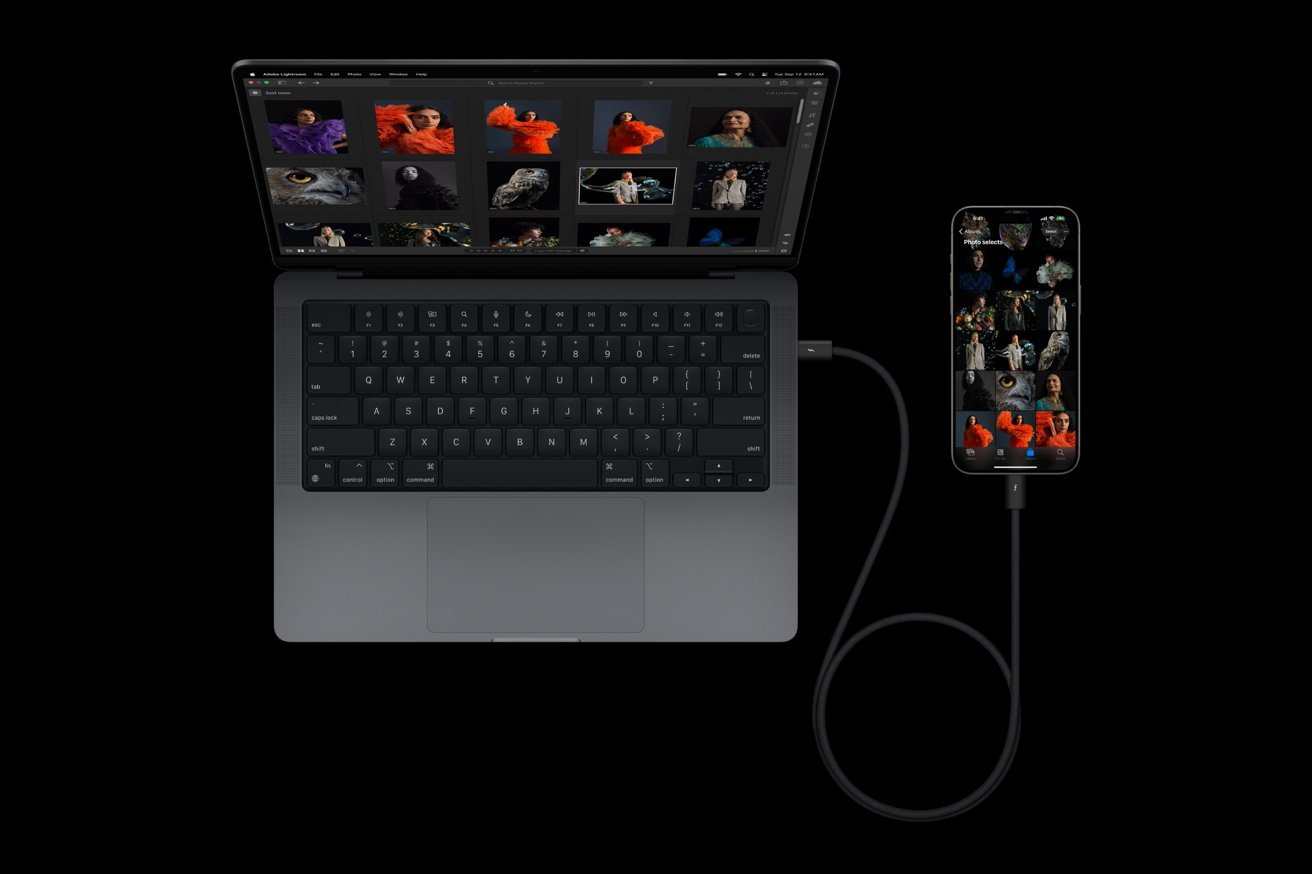
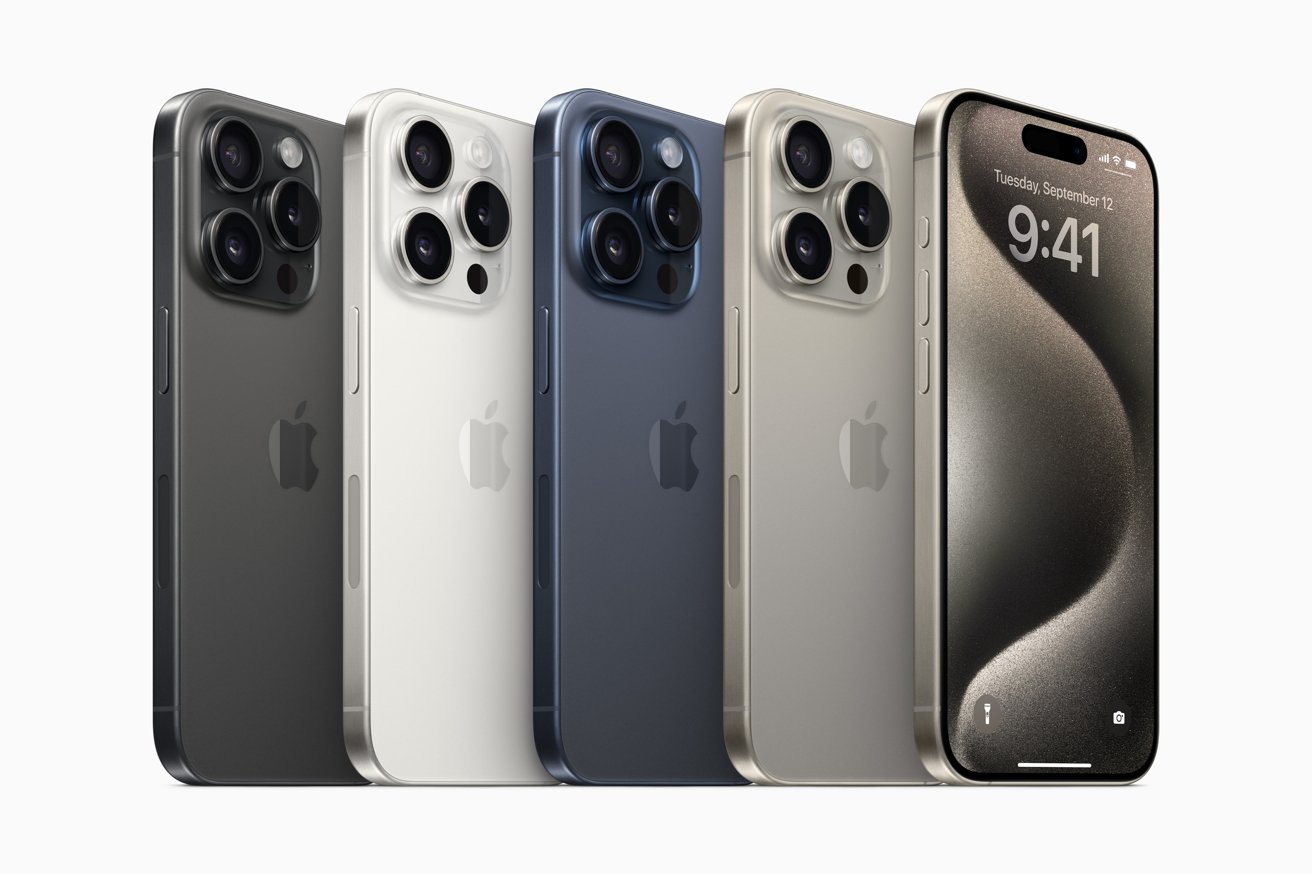







-m.jpg)






 Marko Zivkovic
Marko Zivkovic
 Christine McKee
Christine McKee
 Andrew Orr
Andrew Orr
 Andrew O'Hara
Andrew O'Hara
 William Gallagher
William Gallagher

 Mike Wuerthele
Mike Wuerthele
 Bon Adamson
Bon Adamson


-m.jpg)



8 Comments
Looking at the aftermarket screen protectors and leather cases, it all aimed at the iPhone 15 Max model!
Hey guys think you made a typo on the iPhone 15 pro specs, you state that the rear camera has a 3x optical zoom, however, and the only thing that really changed on the 15, it actually has a 5x optical zoom.
While the 3x optical zoom on the rear camera is correct, I don't believe that the iPhone 14 Pro has "